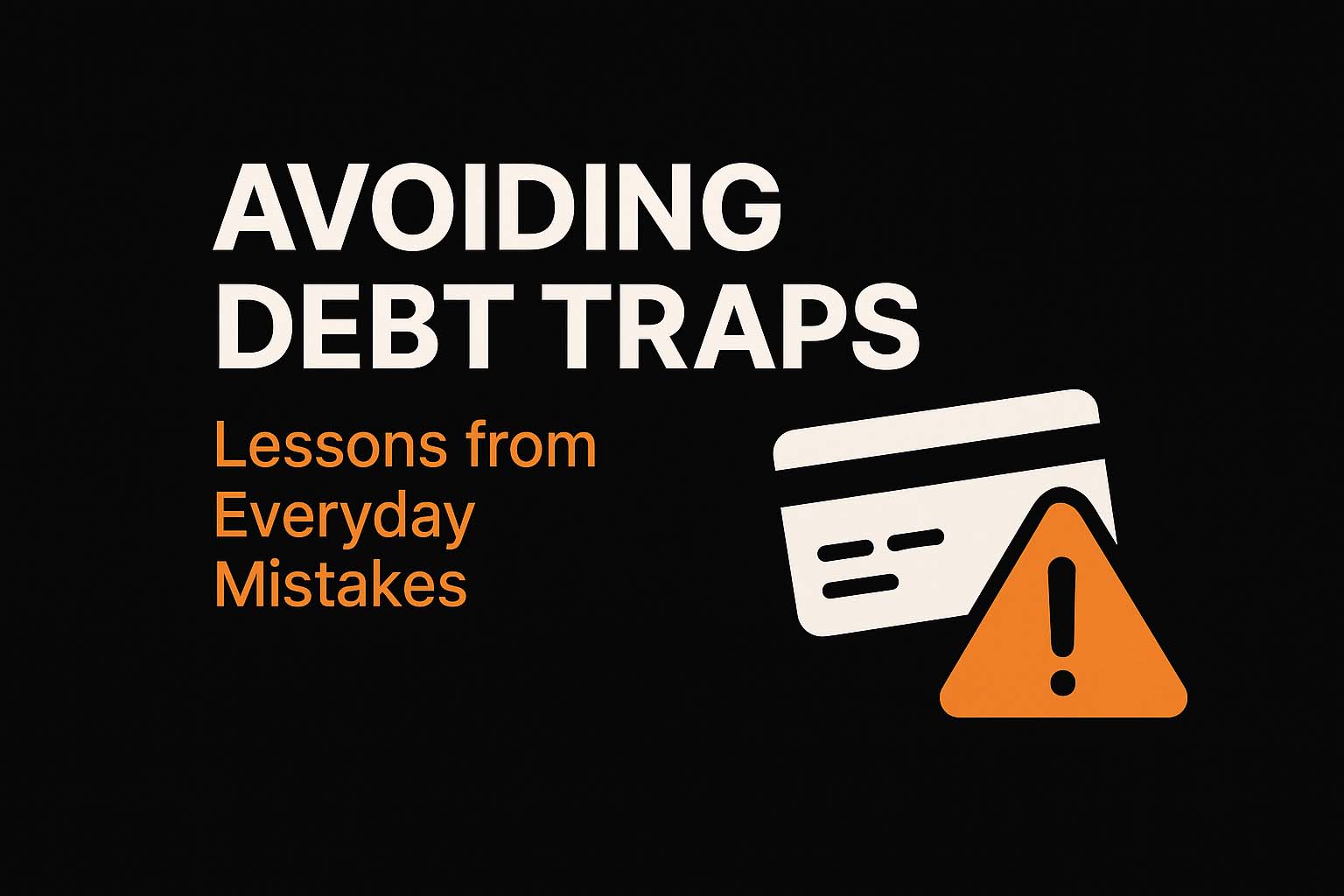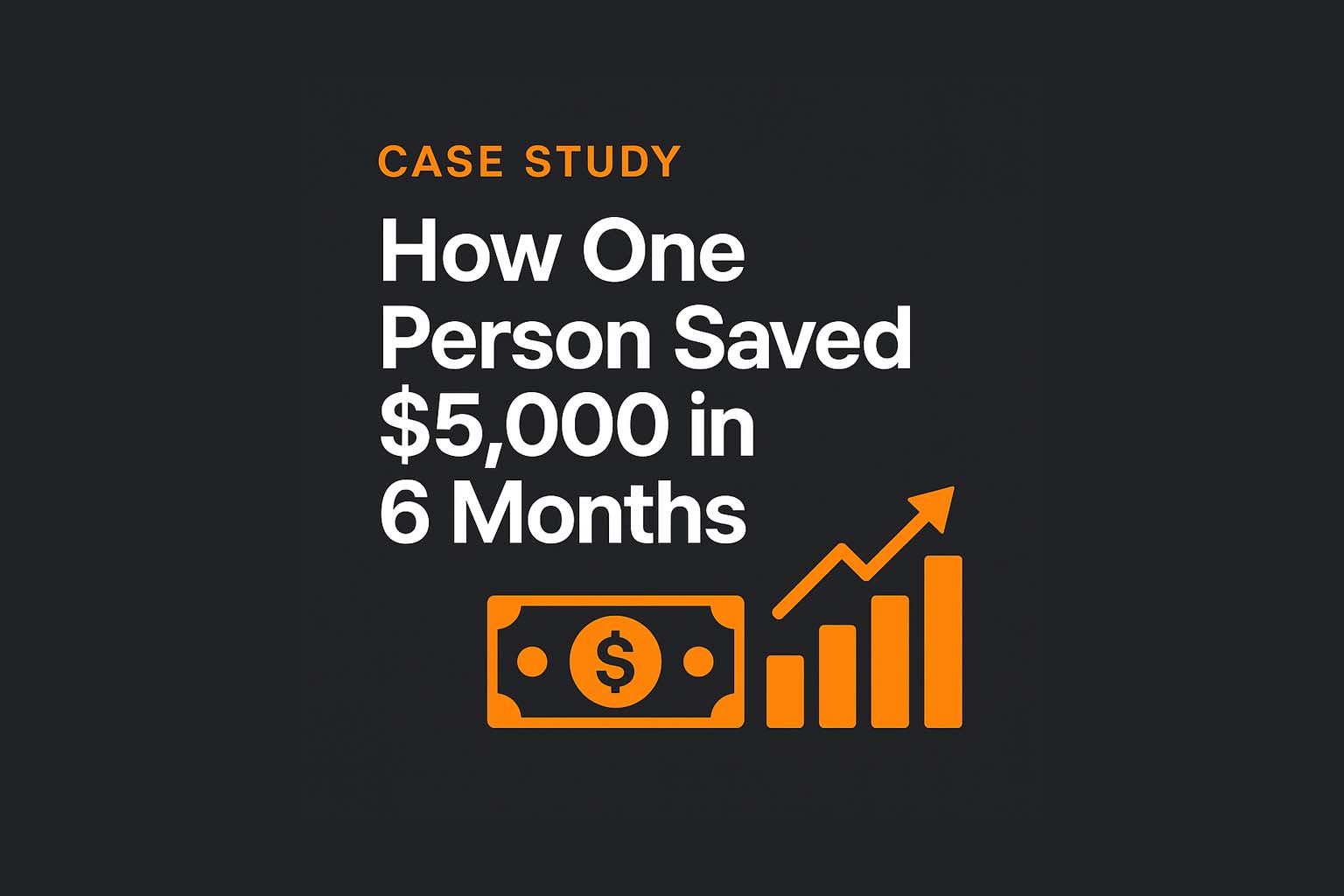Introduction
Debt can feel like quicksand — easy to fall into, but hard to escape. Many people make the same mistakes with credit cards, loans, or “buy now, pay later” schemes. By learning these lessons, you can avoid debt traps and take control of your financial future.
Common Debt Traps
1. Overspending with Credit Cards
Credit cards are convenient but dangerous. Spending more than you can repay leads to high interest rates that snowball over time.
2. Payday Loans
Short-term loans with sky-high interest rates can keep borrowers trapped in a cycle of debt. One loan leads to another, and repayment becomes impossible.
3. Ignoring Minimum Payments
Paying only the minimum on your credit card balance means you’ll stay in debt for years while interest keeps growing.
4. Financing “Wants” Instead of “Needs”
Many people use credit to buy vacations, gadgets, or luxury items instead of essentials. This creates unnecessary financial pressure.
5. Lack of an Emergency Fund
Without savings, every unexpected bill (car repair, medical expense) forces people to borrow more.
How to Avoid These Mistakes
- Use credit responsibly — spend only what you can repay in full each month.
- Avoid payday loans — explore alternatives like credit unions or negotiating with creditors.
- Always pay more than the minimum on credit card balances.
- Differentiate wants from needs — and avoid financing short-term pleasures.
- Build an emergency fund to cover surprise expenses without relying on debt.
Real-Life Example
Maria relied on credit cards for dining out and shopping. Within a year, her $1,500 balance grew to $3,000 due to interest. Once she switched to the 50/30/20 rule and started paying $400 per month, she became debt-free in 8 months.
Conclusion
Debt traps are avoidable if you learn from common mistakes. Focus on responsible spending, build an emergency fund, and pay off debt aggressively to stay financially free.
👉 Want tools to track and eliminate debt? Join the Basic Plan and access beginner-friendly resources today.




